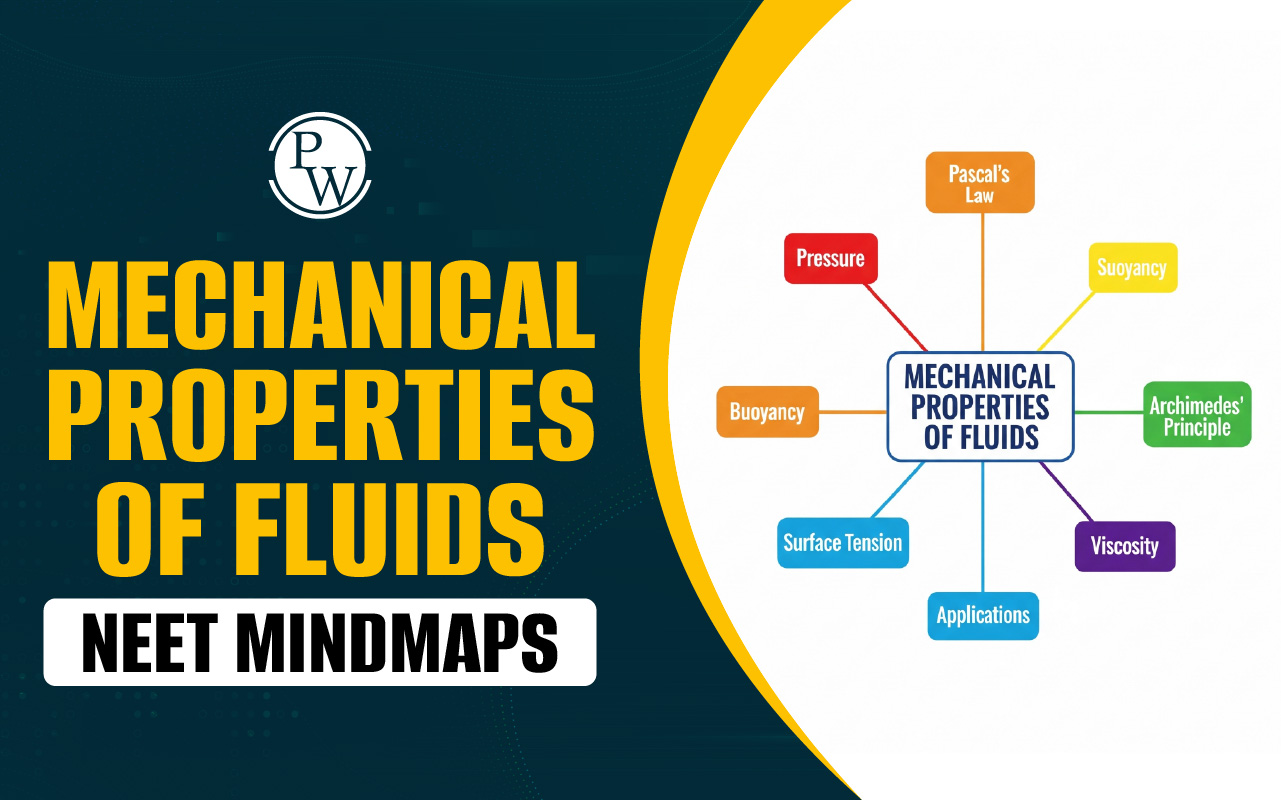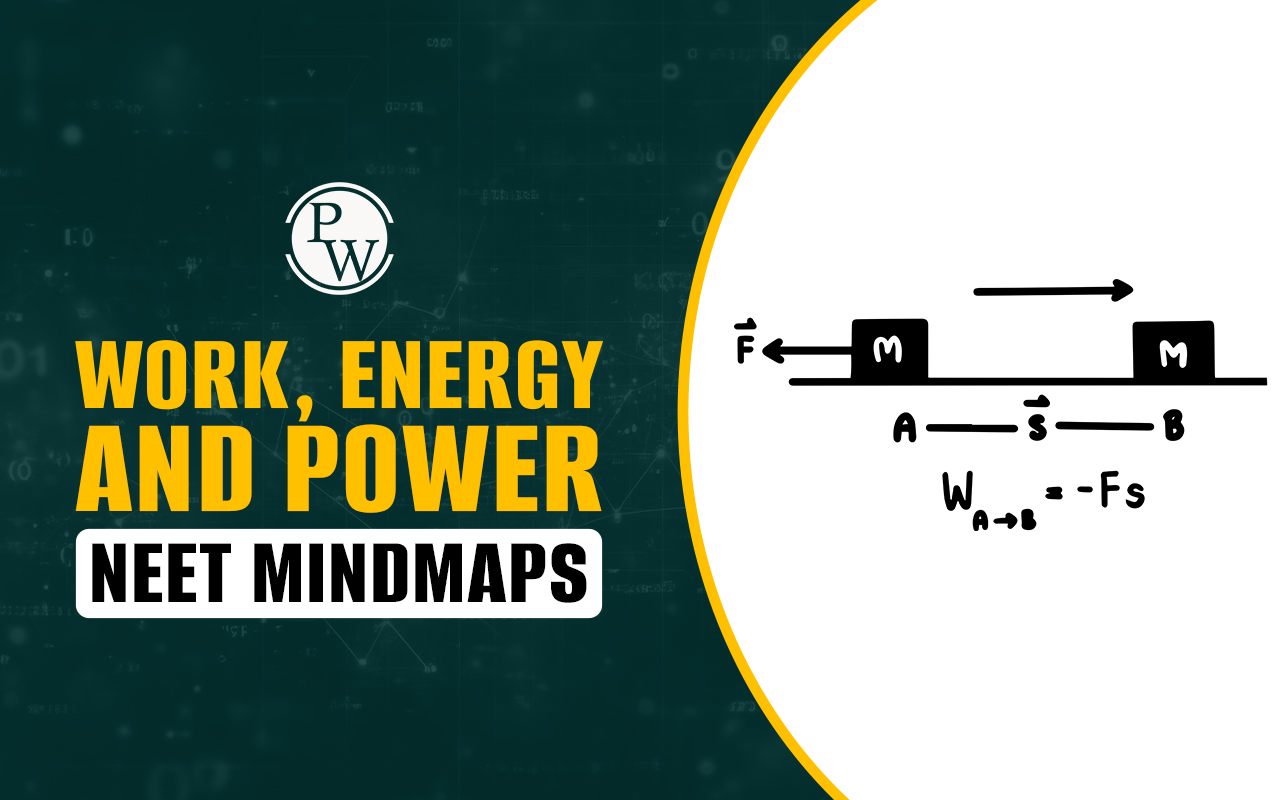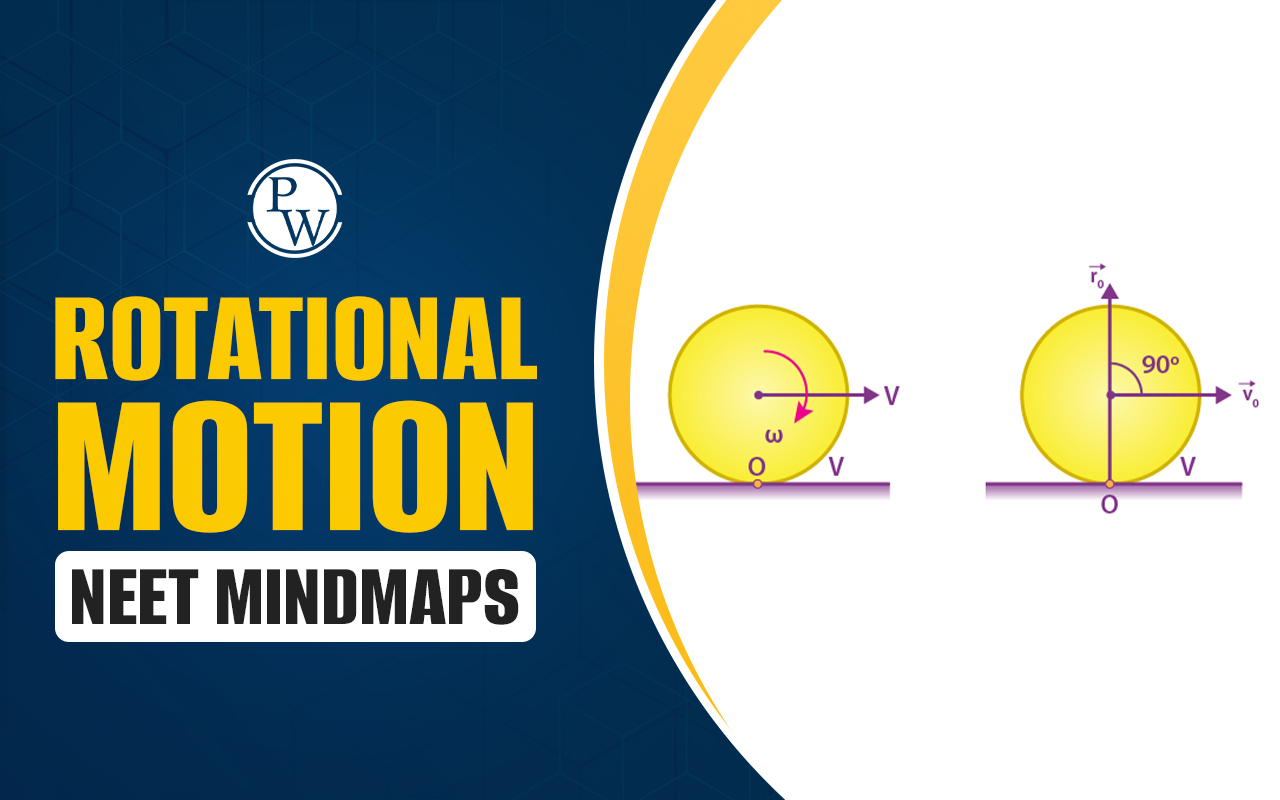

Vas Deferens Function: The ductus deferens (or Vas Deferens) is a thick-walled tube in the male reproductive system that transports sperm from the epididymis to the urethra. Each tube ends in an ampulla, a reservoir for sperm. There are two identical ductus deferentes, one from each epididymis.
The ductus deferens have a slightly larger channel than the ductus epididymitis and are lined with a moist mucous membrane, surrounded by muscle fibers that help transport sperm. It begins at the epididymis, extends into the pelvic region, and is part of the spermatic cord, which also contains blood vessels and nerves. Near the bladder, the ducts enlarge to form ampullae, which store semen and secrete substances to keep sperm viable. The ampullae connect with the seminal vesicles to form the ejaculatory ducts. Students can study NEET Biology Notes on Vas Deferens function, location, and structure in the article below.Also Check:
Vas Deferens Definition
Vas deferens, also called the ductus deferens, is a thick, muscular tube located in the scrotum. It is usually bundled with nerves, connective tissues, and blood vessels in a structure known as the spermatic cord. Additionally, there is an opening of the spermatic cord to the abdominal wall, known as the inguinal canal.Vas Deferens Functions
The vas deferens , also known as the ductus deferens, plays several crucial roles in the male reproductive system:- Sperm Transportation : The main function of the vas deferens is to carry sperm from the epididymis, where sperm are stored and matured, to the ejaculatory ducts during ejaculation. This transport allows sperm to move from the testes to the urethra, where they are expelled from the body during sexual intercourse.
- Mixing with Seminal Fluid : As the vas deferens travels through the pelvic cavity, it collects secretions from the seminal vesicles, forming the ejaculatory duct. These secretions, combined with sperm from the vas deferens, create semen. Seminal fluid nourishes, protects, and aids in the mobility of sperm, improving their chances of fertilizing an egg.
- Peristaltic Contractions : The smooth muscle surrounding the vas deferens contracts rhythmically during ejaculation, pushing sperm and seminal fluid through the ejaculatory ducts and out of the body. This rhythmic contraction helps ensure efficient semen expulsion.
- Conduit for Semen : Together with the ejaculatory ducts, the vas deferens serve as a conduit for semen, transporting it from the reproductive organs to the urethra. Semen consists of sperm and fluids from the seminal vesicles, prostate gland, and bulbourethral glands. The vas deferens are essential for moving semen through the male reproductive tract.
- Control of Sperm Release : Although not a direct function of the vas deferens itself, it is involved in the ejaculation process, which is controlled by the sympathetic nervous system. During sexual arousal, the brain signals the release of sperm from the epididymis into the vas deferens, ultimately leading to ejaculation.
Also Check:
Structure of Vas Deferens
The vas deferens, or ductus deferens is a critical structure in the male reproductive system, approximately 45 cm long. It begins posterior to the testis and medial to the epididymis within the spermatic cord. Its primary function is to transport mature sperm from the epididymis to the ejaculatory ducts in preparation for ejaculation. Structure and Pathway of ductus deferens is as follows:- Epididymal Portion: This initial segment originates at the tail of the epididymis, a coiled tube where sperm are stored and matured.
- Spermatic Cord Portion: As it leaves the epididymis, the vas deferens ascend through the inguinal canal within the spermatic cord, which also contains blood vessels, nerves, and lymphatics.
- Pelvic Portion: Upon entering the pelvic cavity, the vas deferens travel along the posterior aspect of the bladder. It crosses the inguinal canal, curves around the inferior epigastric artery, and then moves anterior to the external iliac artery, crossing these vessels in a somewhat posterior and oblique direction.
- Ampullary Portion : Near the base of the bladder, the vas deferens enlarges into the ampulla, a dilated section that receives secretions from the seminal vesicles.
- Ejaculatory Duct Portion: The vas deferens then join with the duct of the seminal vesicle to form the ejaculatory duct. This portion passes through the prostate gland and empties into the urethra within the prostate.
Course of the Vas Deferens
The "course of the vas deferens" refers to the specific path that the vas deferens, a key tube in the male reproductive system, follow as it travels from the epididymis to the ejaculatory duct. This pathway involves several distinct segments:- Initially convoluted, the vas deferens straightens as it ascends posterior to the testis and medial to the epididymis.
- It travels superiorly along the posterior side of the spermatic cord, crossing the inguinal canal and emerging at the deep inguinal ring.
- It curves around the inferior epigastric artery and moves anteriorly to the external iliac artery.
- In the lesser pelvis, it traverses medially, positioned retroperitoneally and posterior to the obliterated umbilical artery, obturator vessels and nerves, and vesical vessels.
- It crosses the ureter at the posterolateral aspect of the bladder, forming the ampulla.
- Finally, it passes between the posterior bladder surface in an anteromedial direction, joining with the seminal vesicle duct to form the ejaculatory duct.
Location of Vas Deferens
The vas deferens is a long, muscular tube responsible for transporting sperm from the epididymis, located at the back of each testicle, to the ejaculatory ducts near the prostate. It ascends through the scrotum within the spermatic cord, which contains nerves and blood vessels. After passing through the inguinal canal in the groin area, the vas deferens enters the pelvic cavity, where it is positioned behind the bladder before joining the seminal vesicle.Physics Wallah offers top-notch NEET Online Coaching for Droppers , featuring high-quality courses in multiple languages. Known for its affordable fees, experienced faculty, and comprehensive resources, PW provides live and recorded classes, doubt-clearing sessions, and personalized guidance. Enroll now for effective NEET UG preparation!
Vas Deferens Function FAQs
Q 1. What is the main function of the ductus deferens?
Ans. The main function of the ductus deferens is to transport sperm from the epididymis to the ejaculatory duct. It plays a critical role during ejaculation by propelling sperm into the urethra. This ensures the sperm is delivered efficiently during reproductive activities.
Q 2. In which duct is sperm stored?
Ans. Sperm is stored in the epididymis, a coiled tube located on the back of each testis. This storage area is essential for sperm maturation and concentration before ejaculation. The epididymis allows sperm to gain the ability to swim and fertilize an egg.
Q 3. What is the function of vasa efferentia?
Ans. The function of vasa efferentia is to transport sperm from the rete testis to the epididymis. These small ducts help in the movement and maturation of sperm. They ensure that sperm are efficiently moved to the storage site in the epididymis.
Q 4. What is another name for the vas deferens?
Ans. Another name for the vas deferens is the ductus deferens. This term is often used interchangeably in anatomical and medical contexts. Both names refer to the same tube that carries sperm from the epididymis to the ejaculatory duct.
Q 5. Where is prostate fluid stored?
Ans. Prostate fluid is stored in the prostate gland, which surrounds the urethra just below the bladder. The gland secretes this fluid into the ejaculatory duct during ejaculation. This fluid nourishes and helps transport sperm during reproductive processes.
Q 6. What is the use of vas deferens?
Ans. The vas deferens are used to transport sperm from the epididymis to the ejaculatory duct. It is a key component of the male reproductive system, ensuring sperm are delivered to the urethra. Its function is crucial for successful ejaculation and reproduction.
Talk to a counsellorHave doubts? Our support team will be happy to assist you!

Check out these Related Articles
Free Learning Resources
PW Books
Notes (Class 10-12)
PW Study Materials
Notes (Class 6-9)
Ncert Solutions
Govt Exams
Class 6th to 12th Online Courses
Govt Job Exams Courses
UPSC Coaching
Defence Exam Coaching
Gate Exam Coaching
Other Exams
Know about Physics Wallah
Physics Wallah is an Indian edtech platform that provides accessible & comprehensive learning experiences to students from Class 6th to postgraduate level. We also provide extensive NCERT solutions, sample paper, NEET, JEE Mains, BITSAT previous year papers & more such resources to students. Physics Wallah also caters to over 3.5 million registered students and over 78 lakh+ Youtube subscribers with 4.8 rating on its app.
We Stand Out because
We provide students with intensive courses with India’s qualified & experienced faculties & mentors. PW strives to make the learning experience comprehensive and accessible for students of all sections of society. We believe in empowering every single student who couldn't dream of a good career in engineering and medical field earlier.
Our Key Focus Areas
Physics Wallah's main focus is to make the learning experience as economical as possible for all students. With our affordable courses like Lakshya, Udaan and Arjuna and many others, we have been able to provide a platform for lakhs of aspirants. From providing Chemistry, Maths, Physics formula to giving e-books of eminent authors like RD Sharma, RS Aggarwal and Lakhmir Singh, PW focuses on every single student's need for preparation.
What Makes Us Different
Physics Wallah strives to develop a comprehensive pedagogical structure for students, where they get a state-of-the-art learning experience with study material and resources. Apart from catering students preparing for JEE Mains and NEET, PW also provides study material for each state board like Uttar Pradesh, Bihar, and others
Copyright © 2025 Physicswallah Limited All rights reserved.











